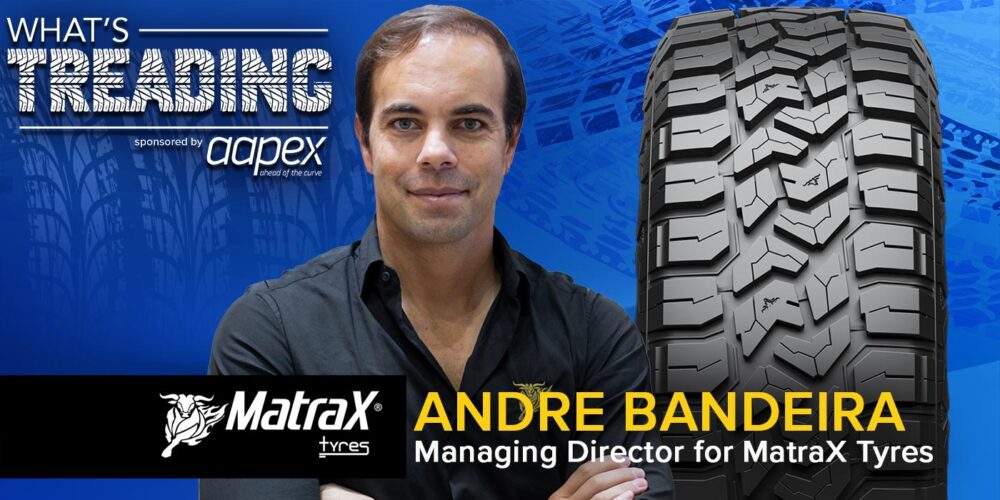As more electric vehicle owners hit the road, questions and concerns join them in the passenger seat.
Take tires for example. Most tire manufacturers are releasing EV specific tires or tire lines. But, do we even have the infrastructure for it, and is the demand really there?
In this Tire Review Continental Tire Garage Studio video, we talk about the “why” behind vehicle electrification and whether our infrastructure can handle it.
The United States has long been in the business of environmentally conscious governance. For example, 1967’s Clean Air Act began regulation on all sources of air emissions, making a significant impact on lowering the country’s emissions. However, the government continues to look ahead on sustainability, forcing the automotive industry, to prepare for an EV world.
According to the US Energy Information Administration (EIA), transportation accounts for 29% of all greenhouse gas emissions. The main source of energy for transportation is derived from burning fossil fuels, and 90% of those fuels are petroleum-based, which consists of gasoline and diesel.
While EVs will help limit fossil fuels, it’s important to remember they won’t eliminate them. Keep in mind, EVs rely on the power grid to charge. According to EIA data, that grid already accounts for 28% of all emissions in the US. That percentage would only increase thanks to EVs relying on the electrical grid.
At the current pace of growth for EVs, experts fear our power grid will be forced to take on more than it can handle. According to the IEA, there are currently almost 800,000 million EVs on the road across the US. This could increase to millions more by 2040. What will this do to our power grid?
Currently, EV manufacturers use lithium-ion batteries as EV power sources. However, experts still think there is a more sustainable way to develop batteries using different materials. Concerns about charging times, EV impact on our grid and range anxiety may be remedied when someone develops a better battery.
Steps are being taken to limit or cut lithium in EV battery production. Lithium-free options include zinc-manganese oxide and metal hydrogen-made batteries. Lithium will still be used in some instances, like the new lithium-sulfur battery from Tesla that could more than double the range of EVs.
Don’t forget to follow us on Instagram and Facebook and subscribe to our YouTube channel for more tire, service and shop operations videos.













